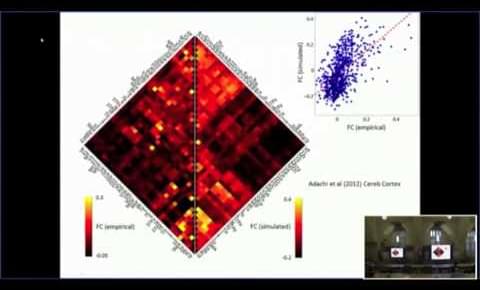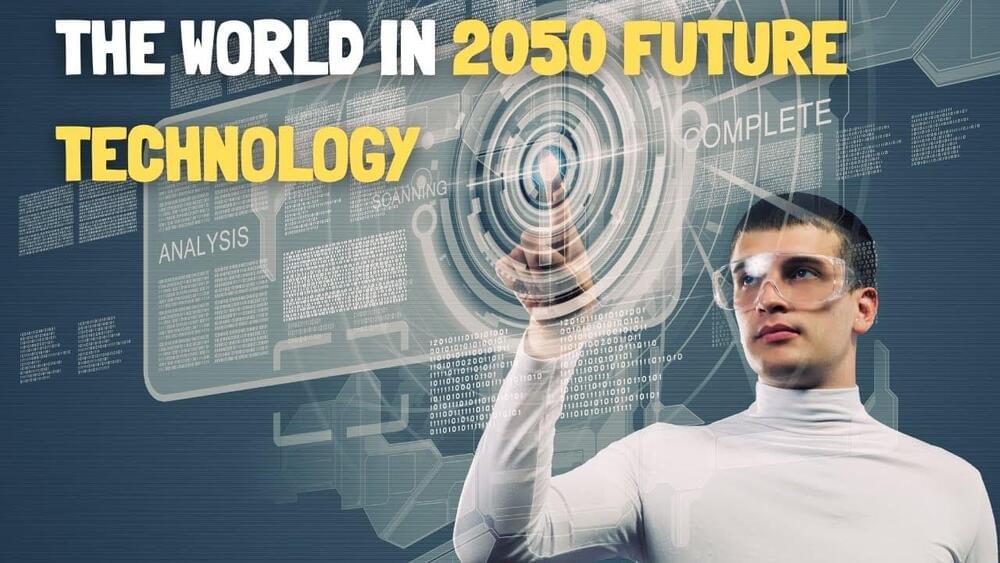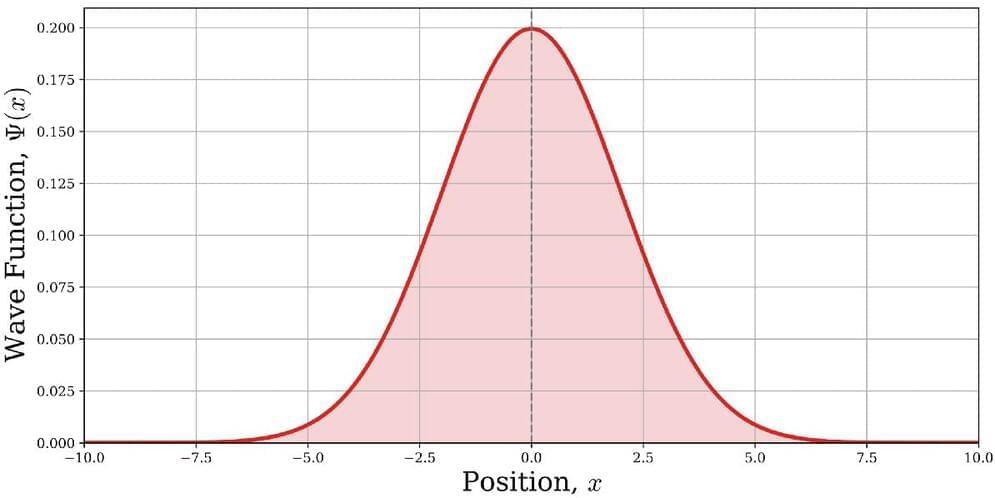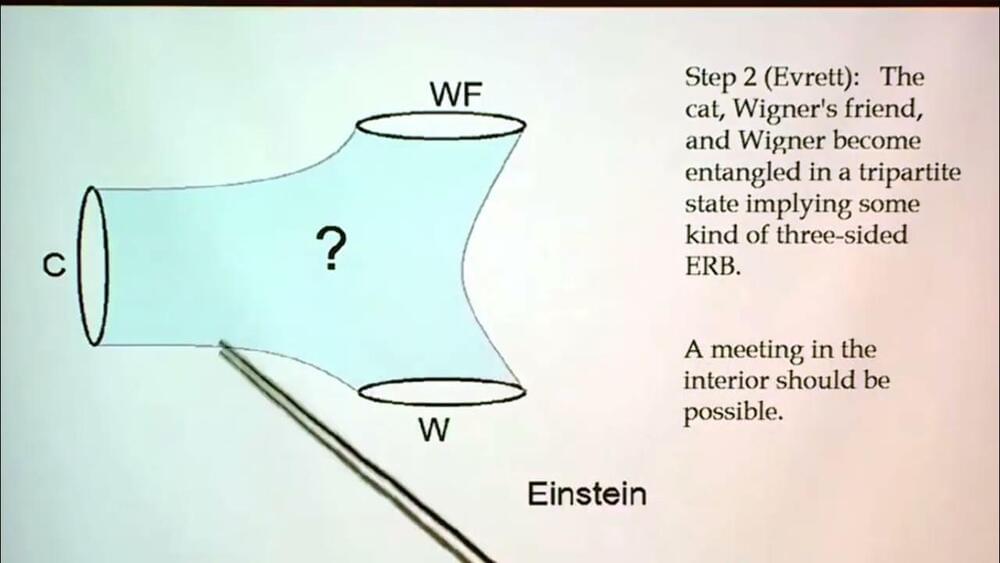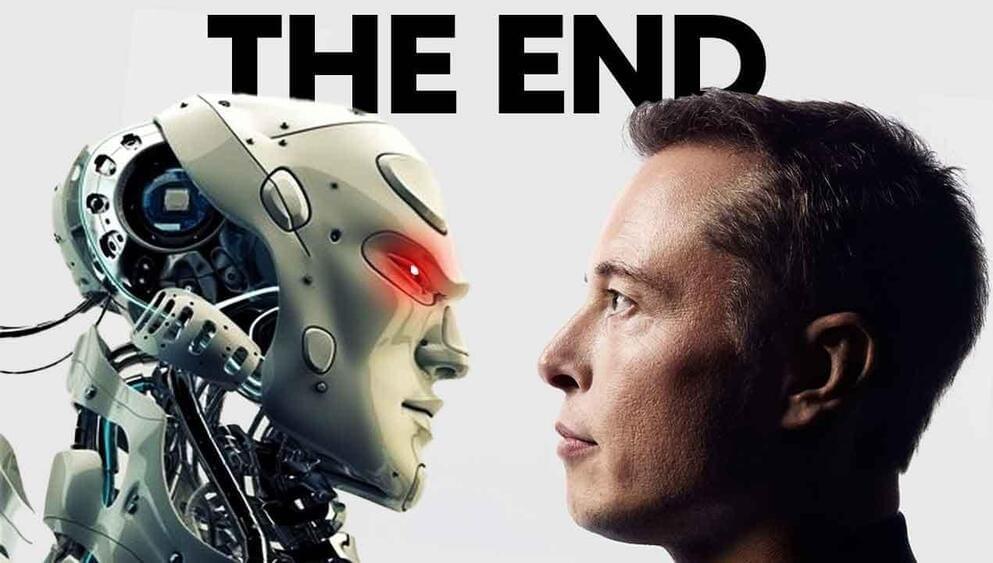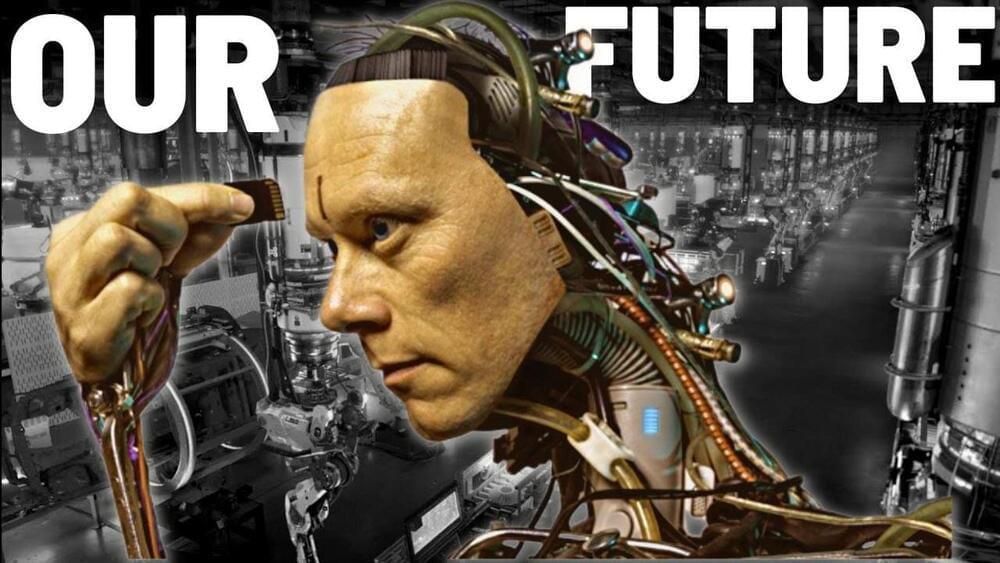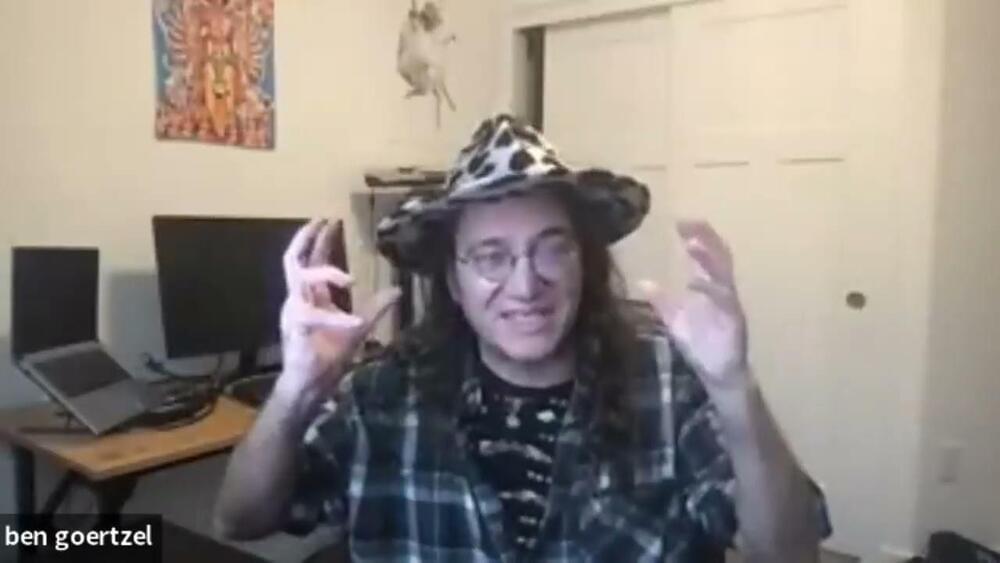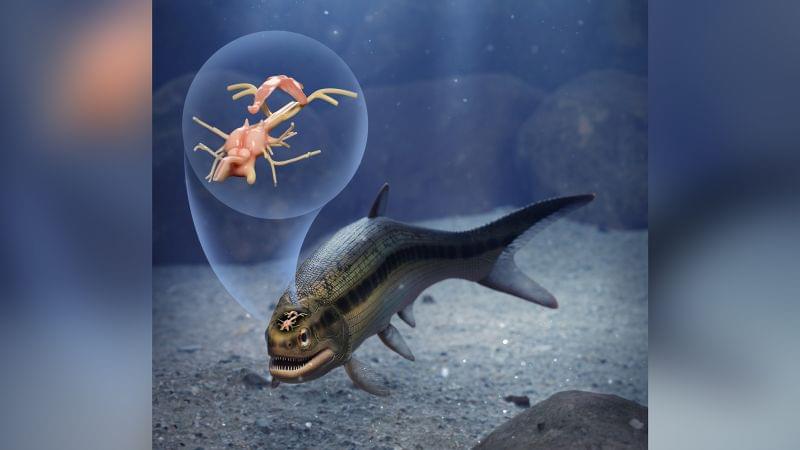Olaf Sporns.
September 15, 2014
Abstract: Recent years have seen a rapid expansion of empirical and theoretical studies in connectomics – the emerging science of structural and functional brain networks. In this talk I will survey some of the recent advances and a few of the challenges for connectomics research, with an emphasis on human brain connectivity. Of particular interest are studies that employ network science methods for analyzing and modeling connectivity patterns. These studies have shown the existence of highly connected hub regions that play crucial roles in brain communication and the integration of information. Future applications of brain modeling and computation for understanding brain function and dysfunction will also be discussed. Overall, the new field of connectomics offers a unique opportunity for building a theoretical understanding of the function of the human brain.
